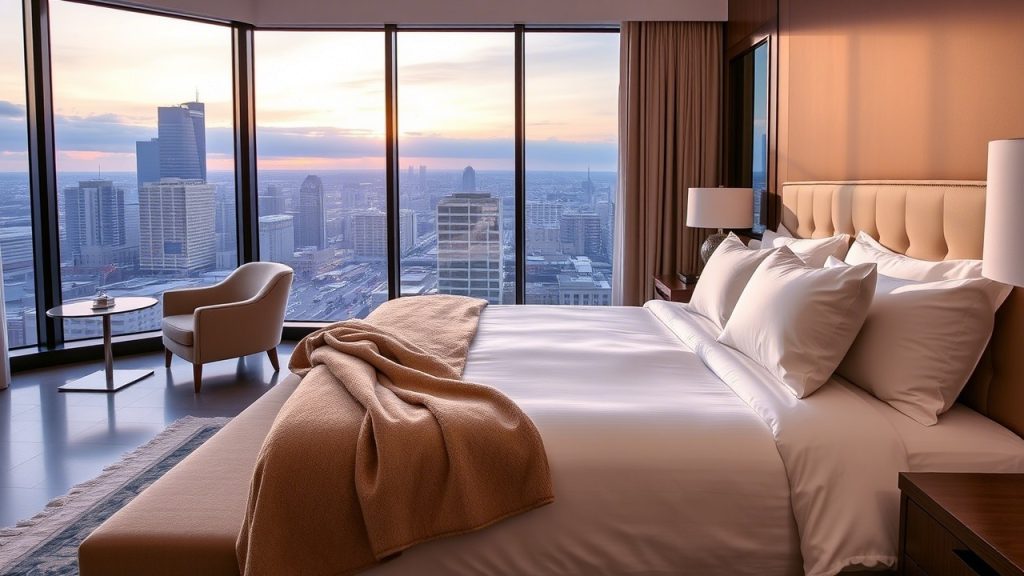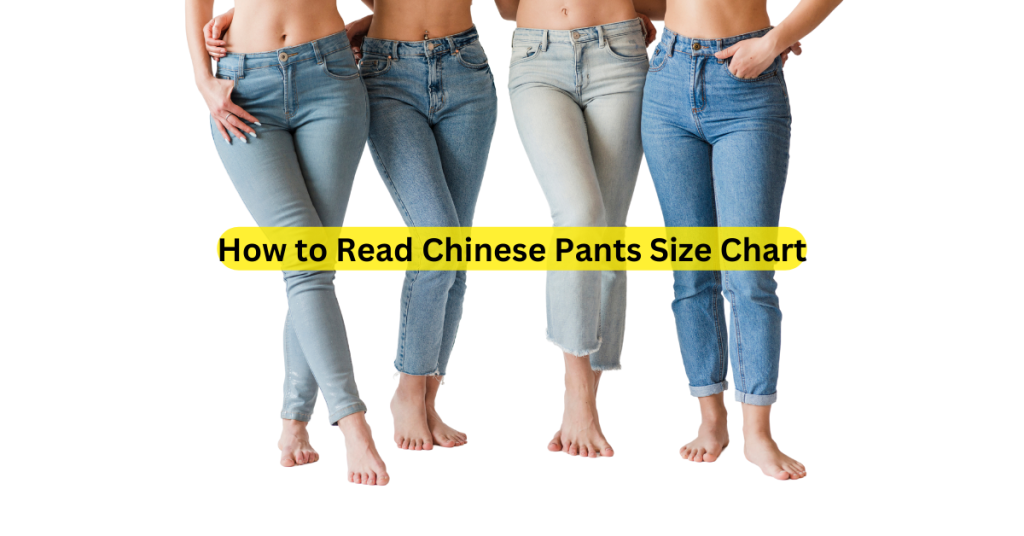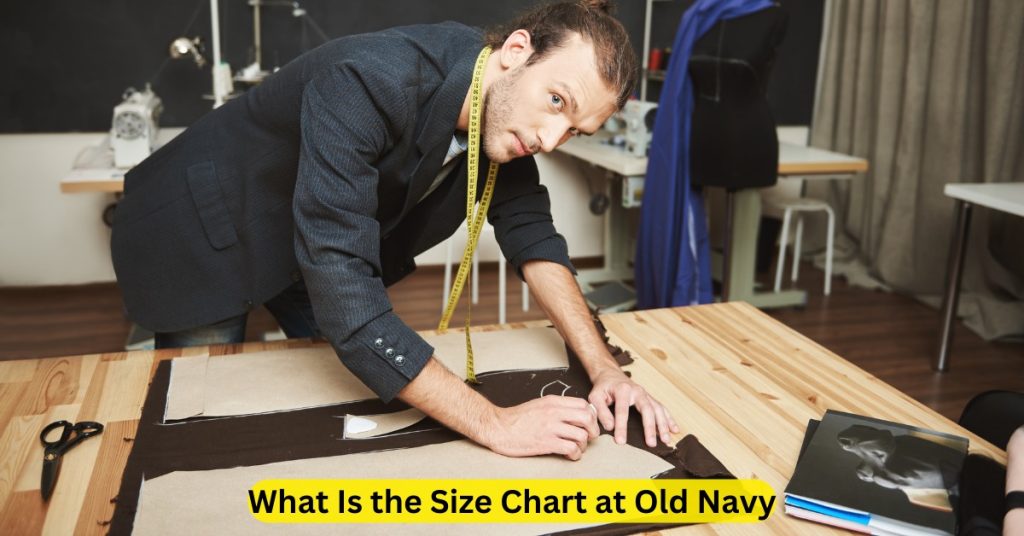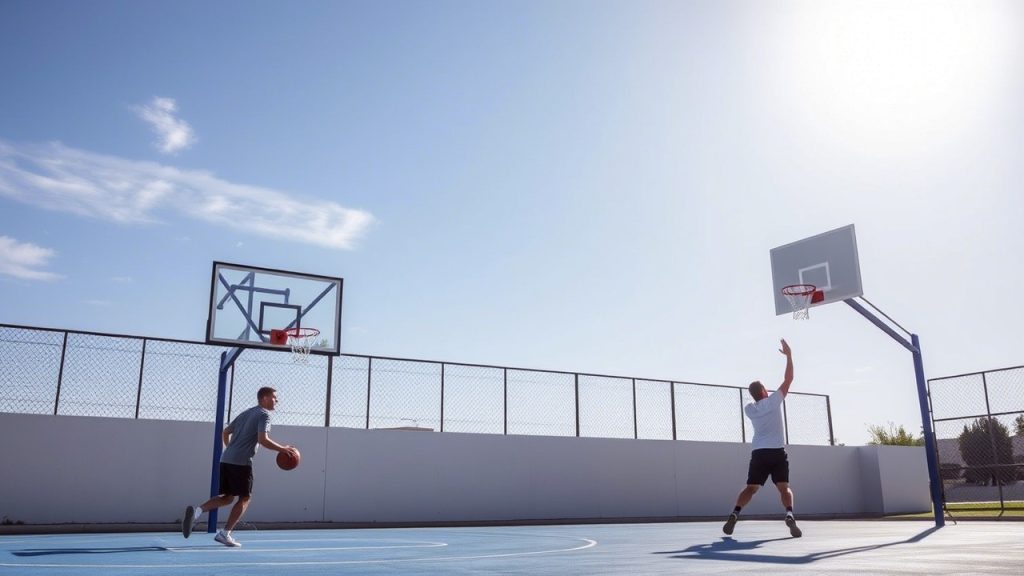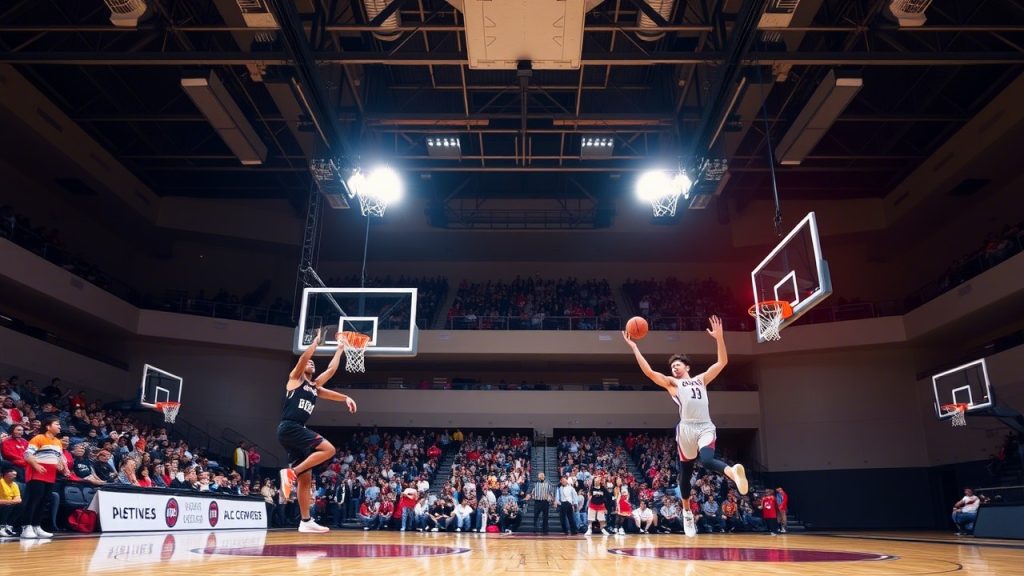When it comes to preparing for the arrival of your little one, one of the most important decisions you’ll make is selecting a crib. A crib is more than just a piece of furniture; it’s where your baby will sleep, rest, and grow in the early stages of life. As parents, it’s essential to ensure that the crib you choose is not only aesthetically pleasing but also safe and comfortable for your baby.
With so many options available, it can be overwhelming to make a choice that meets your baby’s needs while also giving you peace of mind. This guide will provide you with all the necessary information to help you select a safe and comfortable crib for your baby, including tips on safety, comfort, materials, and what to avoid.
1. Safety First: A Top Priority
The safety of your baby is always the most critical factor when selecting a crib. The crib should meet all the current safety standards established by regulatory bodies, such as the U.S. Consumer Product Safety Commission (CPSC) and the Juvenile Products Manufacturers Association (JPMA). These safety standards ensure that cribs are free from defects that could pose a hazard to your baby.
Key Safety Features to Look for:
- Slat Spacing: The space between the slats should be no more than 2 3/8 inches apart to prevent your baby’s head from getting stuck. This is an essential safety consideration, as babies tend to wriggle around.
- Crib Mattress: Choose a firm, well-fitting mattress that doesn’t leave any gaps around the edges. A soft mattress can increase the risk of suffocation, so firm is best.
- Drop-Side Cribs: Drop-side cribs, which allow one side to be lowered for easy access to your baby, have been banned in the United States since 2011 due to safety concerns. Stick to fixed-side cribs for the safest option.
- Paint and Finishes: Avoid cribs with lead-based paints or finishes that could be harmful to your baby. Look for non-toxic finishes and materials.
- Crib Stability: Check that the crib is sturdy and free from sharp edges or rough surfaces. Make sure all screws and bolts are tightly secured.
- Height Adjustability: A crib with adjustable mattress heights is a great option because it allows you to lower the mattress as your baby grows and begins to pull themselves up. This prevents the risk of your baby climbing out of the crib as they get older.
- No Drop-Down Sides: Modern cribs with drop-down sides have been deemed unsafe because they can malfunction or even cause injury. Always choose a crib with stationary sides.
2. Comfort: Ensuring a Restful Sleep for Your Baby
Comfort plays an important role in ensuring your baby sleeps soundly and safely. However, comfort doesn’t just mean a soft mattress – it involves making sure the crib is set up properly and the environment is conducive to restful sleep.
Tips for Comfort:
- Firm Mattress: As mentioned earlier, a firm mattress is recommended for your baby’s safety. A soft mattress can pose a suffocation risk. Always ensure that the mattress fits snugly inside the crib, with no gaps between the crib and the mattress that could create a potential hazard.
- Breathable Materials: Look for mattresses and bedding made from breathable materials that promote air circulation. Organic and hypoallergenic options are ideal for babies with sensitive skin.
- Proper Bedding: Keep bedding minimal in the crib. According to safety guidelines, avoid using pillows, blankets, or bumper pads, as these can lead to suffocation. Instead, use a fitted sheet made of breathable fabric.
- Temperature Control: The room temperature should be kept at a comfortable level, not too hot or too cold. Ensure that your baby isn’t overheated, as overheating can increase the risk of Sudden Infant Death Syndrome (SIDS).
- No Loose Items: Ensure there are no loose toys, blankets, or stuffed animals inside the crib, as these items can pose choking or suffocation hazards.
3. Choosing the Right Crib Material
Cribs come in a variety of materials, including wood, metal, and convertible options. The material you choose can impact the durability, safety, and overall aesthetic of the crib.
Wood Cribs:
Wooden cribs are classic and durable. They often come in various finishes like oak, maple, cherry, and walnut. Wood cribs tend to be more sturdy and can last for many years, especially if they are well-maintained. When choosing a wooden crib, make sure it’s constructed from solid wood, not particle board, as the latter may be less durable over time.
Metal Cribs:
Metal cribs are generally lighter than wood cribs, but they can still provide excellent stability and safety. These cribs are easy to clean and often have a more modern look. Look for metal cribs with non-toxic paint finishes and ensure that they are free from sharp edges.
Convertible Cribs:
Convertible cribs are designed to grow with your child. These cribs can often be transformed into a toddler bed, daybed, or even a full-size bed, making them a cost-effective option in the long run. When considering a convertible crib, make sure it has a safe and easy conversion process, and that it meets the necessary safety standards for all stages of use.
4. Size Matters: Standard vs. Mini Cribs
When choosing a crib, it’s important to consider the space available in your nursery. Cribs come in standard and mini sizes, and both have their advantages.
- Standard Cribs: These are the most common type and provide plenty of room for your baby to grow. They generally measure 28 inches wide and 52 inches long, providing ample space for a baby to stretch and move around. Standard cribs tend to be bulkier and may not fit in smaller rooms.
- Mini Cribs: These cribs are smaller and more compact, making them ideal for smaller spaces or if you need to move the crib between rooms. Mini cribs typically measure 24 inches wide and 38 inches long, so they don’t offer as much space for your baby to grow, but they are perfect for newborns and infants.
5. Crib Style and Aesthetics
The style and aesthetic of the crib are personal preferences, but it’s important to balance style with safety and functionality. Cribs come in a wide range of styles, including traditional, modern, and minimalist. Choose a style that complements your nursery decor, but always prioritize safety and comfort.
Some popular crib styles include:
- Traditional Cribs: These cribs often have intricate designs and detailing, with curved legs and wood paneling.
- Modern Cribs: These cribs are sleek and minimalist, often featuring clean lines and neutral finishes.
- Farmhouse Cribs: These cribs have a rustic charm and are typically made of wood with weathered finishes.
6. Budget Considerations: What’s the Right Price for a Crib?
Cribs can vary in price, with options available at all price points. While it’s tempting to purchase a cheaper crib, remember that your baby will spend a lot of time in the crib during the first few years of life, so it’s worth investing in a high-quality, durable product.
The cost of a crib can range from $100 for a basic model to over $1,000 for high-end, designer options. While you don’t need to buy the most expensive crib, ensure you choose one made with quality materials and that meets all safety standards. A sturdy and well-constructed crib is a better investment in the long run.
7. Frequently Asked Questions
1. When should I buy a crib for my baby?
It’s best to purchase a crib early in your pregnancy so that you have plenty of time to set it up. However, some parents wait until closer to the baby’s arrival to ensure they have everything ready.
2. What is the best type of mattress for a baby crib?
A firm, breathable mattress is the safest choice for your baby. Avoid soft mattresses, as they can increase the risk of suffocation.
3. Can I use a second-hand crib for my baby?
It’s not recommended to use a second-hand crib unless you are sure it meets current safety standards. Older cribs may have been recalled or contain materials that could be harmful.
4. How can I ensure my baby’s crib is safe?
Always check that the crib meets safety standards, that there are no gaps between the slats, and that the mattress fits snugly. Regularly inspect the crib for wear and tear, and avoid using drop-side cribs.
5. Can I use a crib with a bumper pad?
Bumper pads are not recommended because they pose a suffocation risk. Stick to a fitted sheet and avoid any additional bedding inside the crib.
6. What is the safest crib for a newborn?
The safest crib for a newborn is one that meets all the required safety standards, has a firm mattress, and offers no unnecessary items inside like pillows, blankets, or stuffed animals.
7. When should I move my baby to a toddler bed?
You can transition your baby to a toddler bed when they start climbing out of the crib or when they are around 2-3 years old, depending on their development.
8. How can I make my baby’s crib more comfortable?
Use a firm, breathable mattress and ensure the room is at a comfortable temperature. Keep the crib free of unnecessary bedding or toys.
9. What features should I look for in a convertible crib?
Look for a convertible crib with a sturdy frame, easy conversion options, and safety features that will work for your baby as they grow into a toddler and beyond.
Conclusion
Choosing the right crib for your baby is a big decision, but with careful consideration of safety, comfort, materials, and your budget, you can select the perfect one. Always prioritize safety first and opt for a crib that will provide a secure and comfortable environment for your baby’s sleep. With the right crib, you’ll be able to rest easy knowing your baby is sleeping soundly and safely.

